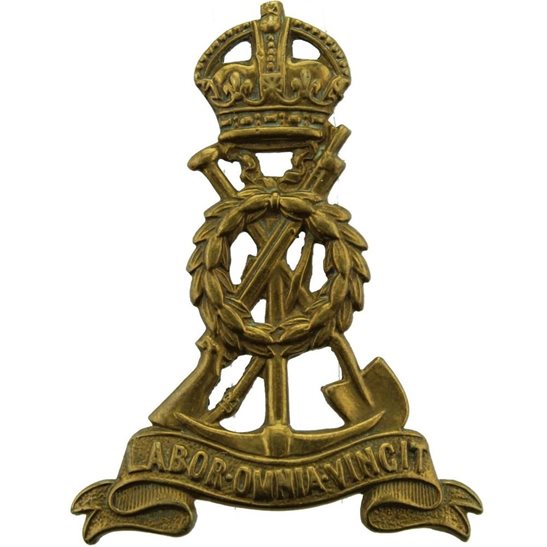Personal Details
Born: 28 March 1886 in Whitchurch, Shropshire and baptised on 2 June 1886 at St Alkmund`s Parish Church, Whitchurch.
Family: He was the fifth of nine children born to Richard Rogers, an engineer and his wife Frances. He married Florence Challenor on 17 April 1911 at St. Alkmund`s Parish Church, Whitchurch. The couple had one son, Percy Dean, born in 1912.
Residence: In 1891 he and his family were living at Old Farm, Fenns Bank, Whitchurch. By 1901 they had moved to the Waterworks at Fenns Bank. On his enlistment in 1916 he gave his address as 63 Brideoak Street, Cheetham, Manchester, Lancashire; however by 1921 he and his family had moved to 29 Windsor Road, Southport, Lancashire. In 1939 he was living at 13 Oakfield Avenue, Chester. At the time of his death in 1959 his home was 37 Portland Street, Southport, Lancashire.
Employment: In 1901 he was an assistant to the engine driver at the water works. In 1916 he was a motor coach fitter. By 1939 his occupation was a hardware chandler.
Died: 8 October 1959 at the Promenade Hospital, Southport, Lancashire, aged 73.
Military Details
Regiment: Labour Corps
Rank: Sergeant
Service Number: 350830
Date of Enlistment: 9 May 1916
Date of Discharge: 18 October 1919
Reason for Discharge: Demobilisation
Other Information: He was posted to The King`s Liverpool Regiment on 4 January 1917 and remained there until 13 August 1917 when he was transferred to the Labour Corps. However there is no mention of the King`s Liverpool Regiment on his medal roll index card.
His brother Thomas William also served in WW1.
Edwin was awarded the Campaign Medals (British War medal and Victory medal)

The British War Medal (also known as 'Squeak') was a silver or bronze medal awarded to officers and men of the British and Imperial Forces who either entered a theatre of war or entered service overseas between 5th August 1914 and 11th November 1918 inclusive. This was later extended to services in Russia, Siberia and some other areas in 1919 and 1920. Approximately 6.5 million British War Medals were issued. Approximately 6.4 million of these were the silver versions of this medal. Around 110,000 of a bronze version were issued mainly to Chinese, Maltese and Indian Labour Corps. The front (obv or obverse) of the medal depicts the head of George V. The recipient's service number, rank, name and unit was impressed on the rim.
The Allied Victory Medal (also known as 'Wilfred') was issued by each of the allies. It was decided that each of the allies should each issue their own bronze victory medal with a similar design, similar equivalent wording and identical ribbon. The British medal was designed by W. McMillan. The front depicts a winged classical figure representing victory. Approximately 5.7 million victory medals were issued. Interestingly, eligibility for this medal was more restrictive and not everyone who received the British War Medal ('Squeak') also received the Victory Medal ('Wilfred'). However, in general, all recipients of 'Wilfred' also received 'Squeak' and all recipients of The 1914 Star or The 1914/1915 Star (also known as 'Pip') also received both 'Squeak' and 'Wilfred'. The recipient's service number, rank, name and unit was impressed on the rim.

